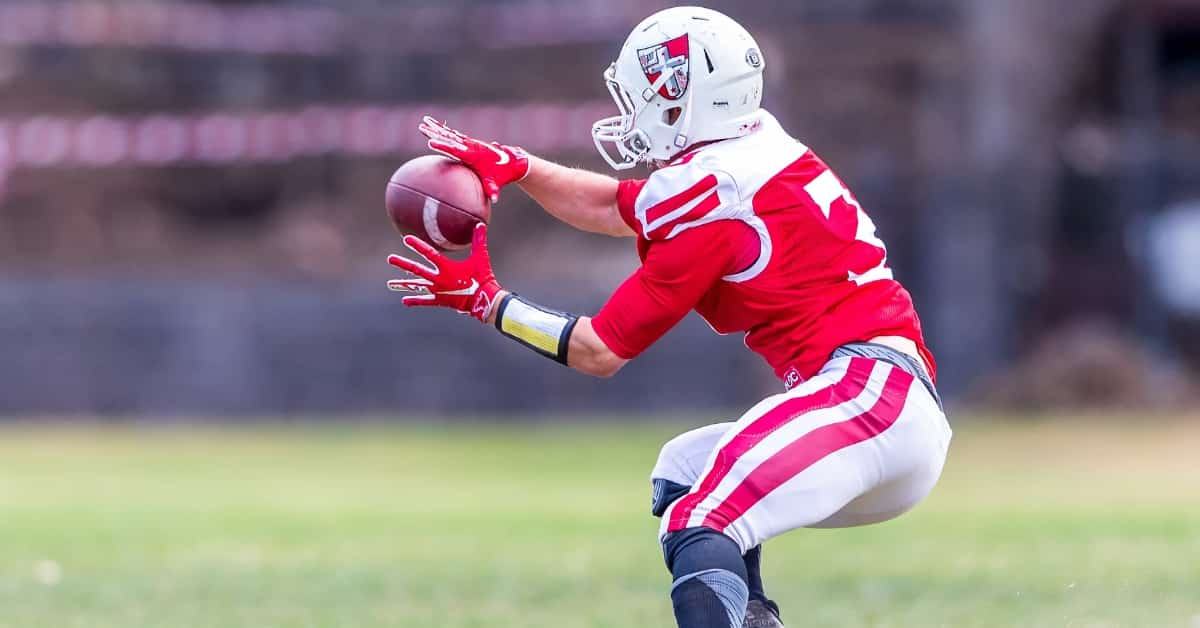What is Puck Line in Hockey Betting?
The term Puck Line may be unfamiliar to sports bettors, but in reality, it is just another name for point spread betting in hockey. So, you might be wondering why anyone has to use another name for such a popular form of betting in major sports. The answer is that the puck line comes with a few slight differences from the regular point spread bets.
In today's post, we will explain to you what the differences we are talking about are, when this type of betting is in your favor, and compare its performance with this type of betting. Another popular hockey is moneylines. From there, you will improve your expertise and be able to use any form of betting skillfully to profit from online hockey betting.
What is Puck Line in Hockey Betting?
To better understand the concept of the puck line in hockey, let's take a quick look at the basic point spread bets. This type of bet is used in major sports such as football or basketball, where match scores often include multiple points, and implies that the favorite team has to give away a certain number of points to ensure fairness for bettors. For example, if the favorite Golden State Warriors were going up against the Sacramento Kings underdog, the Warriors would have a handicap of -9.5 in sportsbooks.
However, things are a bit different if we talk about point spread in hockey. Although considered a major sport, hockey has a much lower scoring rate than the rest. More specifically, in a hockey game, each team usually scores between 1 and 6 points. Common scores are usually 2-1, 4-5, 3-6, 3-1, etc. Therefore, normal point spread bets will have to be adjusted slightly to get closer to the actual scores in NHL games.

And that's how people use puck lines. This bet category states that the favorites have to give away 1.5 goals, and the underdogs get 1.5 goals for hockey games betting. As you might see, this level of spread is much lower than itself in other sports like basketball or football. However, it is more effective and suitable for low-scoring frequency in professional hockey matches.
The following example will help you better visualize the puck lines applied in NHL games.
| Teams | Odds |
| Edmonton Oilers | + 1.5 (+230) |
| Colorado Avalanche | - 1.5 (-185) |
In this case, the favorite Colorado Avalanche must win by 2 points to cover the spread, while the underdog Edmonton Oilers just need to lose no more than 1 point to make a profit for those who bet on them.
As such, you may wonder that applying such low spreads will sometimes create an imbalance in the betting market if there is a large disparity in qualifications between the two teams. In other words, if the favorite proves to be too strong for the underdog and there is a high probability that they will easily crush the opponent by more than a point, what will happen? Wouldn't everyone bet on the favorite together, and no one would care about the underdog? Then the odds will show its important role.
In the example above, betting on the favorite Colorado Avalanche comes with odds (-185). Assuming Colorado Avalanche is too strong for their opponent, odds (-185) will ensure fairness by reducing the profit margin of those who bet on them, when Colorado Avalanche bettors can only win 100 The dollar is from the $185 stake, Whereas the Edmonton Oilers picks will have an advantage as with the bet (+230) they can enjoy the $230 prize at the $100 wager.
When Should You be on the Puck Line?
With that said, puck lines work the same way that point spreads do in other sports. Therefore, it is a common bet and not too difficult to understand. If you want to make a profit with your hockey bet, the puck line is a basic and easy option to start with.

Should You Bet Puck Lines or Moneylines?
Puck lines are a more advanced form of betting than moneylines, as it applies both the disparity nature of this bet type and focuses only on the odds. Therefore, these two types of bets have at least one thing in common, and bettors will sometimes feel confused as to which one to choose to play.
As with most similar issues, there isn't a single answer that will result in long-term earnings on its own. However, there are certain fascinating statistics that you should keep in mind.
In terms of return on investment (ROI), an economic parameter concerned with calculating the efficiency of earnings relative to the wager, we have conducted a comparison of all puck line and moneyline bets over the last NHL 15 seasons.
| Teams | Puck line | Moneyline |
| Favorites | -1.6% | -2.8% |
| Underdogs | -2.4% | -1.8% |
Obviously, none of the results are positive, which is not surprising given the vast sample size. However, depending on the sort of wager, favorites and underdogs tend to perform inversely.
Favorites have lost less money as moneyline bets, although underdogs have done better on the puck line, which may surprise you.
Gamblers are drawn to higher rewards, and you'd expect to see more puck line bets on favorites and moneyline bets on underdogs. However, history shows that the opposite method may be somewhat better.
In brief, if you believe a team will easily win a game and the final score will not be tight, then using the Puck Line with the Underdog is a good bet. If you believe a game will be close, as in one goal determined, then using the Puck Line with the Underdog is a smart choice.
Conclusion
Today's article has explained in detail the definition and operation of puck line betting in hockey. Hopefully, you have a better understanding of it and can consider it as a possible betting option. In addition, if you have any questions about topics in the world of sports betting, our website will synthesize in-depth articles from experts to supplement your knowledge and improve your chances of winning in the next bets.














.jpg)





